The Effect of Social Media on Female's Appearance Anxiety
DOI: 10.23977/mediacr.2023.040107 | Downloads: 125 | Views: 2346
Author(s)
Shuen Liu 1
Affiliation(s)
1 Hangzhou New Channel School, Hangzhou, 310005, China
Corresponding Author
Shuen LiuABSTRACT
As social media has become a platform for females to obtain information, communicate online and show themselves, its influence on females' body image is also increasing, affecting females' appearance anxiety. In this case, this article concerned female appearance anxiety on social media. The main purpose of this paper is to explore the underlying logic of females' appearance anxiety on social media and give suggestions for rectification. Based on 176 questionnaires, this paper found that the appearance anxiety of Chinese females who use social media is not that serious. At the same time, females' appearance anxiety on social media has a closely positive impact on three independent variables: social media use, social comparison on social media, and socio-cultural factors. But there was no significant association with four control variables: personality, BMI, age and education. This proves that female, regardless of their appearance or education, experience appearance anxiety and dissatisfaction with their body or appearance. This phenomenon is common and may gradually develop into a social problem. Social media should put in place appropriate controls to manage speech and establish health platforms to help females ease their appearance anxiety.
KEYWORDS
Female appearance anxiety, social media, social comparison, body dissatisfactionCITE THIS PAPER
Shuen Liu, The Effect of Social Media on Female's Appearance Anxiety. Media and Communication Research (2023) Vol. 4: 40-50. DOI: http://dx.doi.org/10.23977/mediacr.2023.040107.
REFERENCES
[1] Liu Y. (2022). Aesthetic and self-presentation: The deep logic of young women's facial anxiety. China Youth Study, (05), 85-92.
[2] Gibbons F X, Bergan M R, Blanton H et al. (2002). Comparison- Level Preferences After Performance: Is Downward Comparison Theory Still Useful? Journal of personality and social psychology, 83(4), 865~880.
[3] Hart E. A., Leary M. R., Rejeski, W. J. (1989). The Measurement of Social Physique Anxiety. Journal of Sport & Exercise Psychology, 11(1), 94-104.
[4] Hagger M., Stevenson, A. (2010). Social Physique Anxiety and Physical Self-esteem: Gender and Age Effects. Psychology & Health, 25(1), 89-110.
[5] Tiggemann M., Anderberg I., Brown Z. (2020). Uploading Your Best Self: Selfie Editing and Body Dissatisfaction. Body Image, 33, 175-182.
[6] Zhang W. (2011). The mass media's influence on women’s body image. [Master's thesis, Jiangxi Normal University]. China National Knowledge Infrastructure. https://kns. cnki.net/KCMS/detail/detail.aspx?Dbname=CMFD2012& filename=1011237159.nh
[7] Allen M. S., Robson D. A. (2020). Personality and body dissatisfaction: An updated systematic review with meta-analysis. Body Image, 33, 77-89.
[8] Tang J., Deng Y., Chang X., Tang Q. and Yuan X. (2006). Relationship between sex, height and body mass index and body self-satisfaction in college students. Chinese Journal of Clinical Psychology, (05), 537-538+541.
[9] Tang J. (2006). Research on the related factors of college students’ body self-satisfaction. Master's thesis, Central South University.
[10] Saraceni R., & Russell-Mayhew S. (2007). Cultural expectations of thinness in women: A partial replication and update of magazine content. Eating and Weight Disorders - Studies on Anorexia, Bulimia and Obesity, 12(3), e68–e74.
[11] Stice E., Schupak-Neuberg E.; Shaw H. and Stein R.I. (1994). Relation of media exposure to eating disorder symptomatology: An examination of mediating mechanisms. J. Abnorm. Psychol. 103, 836–840.
[12] Xing S. F. and Yu G. L. (2005). Current Situation and Development trend of social comparative Studies. Advances in Psychological Science, 13(1):78-84.
[13] Suls J. M., Wheeler L. (2000). Handbook of social comparison: Theory and research. New York: Plenum press.
[14] Collins R L. (1996). For better or worse: The impact of upward social comparisons on self-evaluations. Psychological Bulletin, 119(1), 51~69.
[15] Gibbons F. X., Bergan M. R., Blanton H. et al. (2002). Comparison- Level Preferences After Performance: Is Downward Comparison Theory Still Useful? Journal of personality and social psychology,83(4), 865~880.
[16] Suls J. M., Miller R. L. (1977). Social Comparison process: Theoretical and empirical perspectives. Washington, DC: Hemisphere Publication Services, 1-19.
[17] Zhang L. (2021). Social media fuels face anxiety and body anxiety: Behind the summer student plastic surgery craze, the diversified social aesthetic needs to be strengthened. Accessed from http://m.cyol.com/gb/articles/2021-07/14/content_7XBdYHe3M.html.
[18] Fardouly J., Magson N.R., Johnco C.J. et al. (2018) Parental Control of the Time Preadolescents Spend on Social Media: Links with Preadolescents’ Social Media Appearance Comparisons and Mental Health. J Youth Adolescence, 47, 1456–1468.
[19] Webb H. J., Zimmer-Gembeck M. J., and Mastro S. (2016). Stress exposure and generation: A conjoint longitudinal model of body dysmorphic symptoms, peer acceptance, popularity, and victimization. Body Image, 18, 14 –18. http://dx.doi.org/10.1016/j.bodyim.2016.04.010
[20] Webb H. J., Zimmer-Gembeck M. J., Farrell L., Waters A., Nesdale D., and Downey G. (2017). “Pretty pressure” from peers, parents, and the media: A longitudinal study of appearance-based rejection sensitivity. Journal of Research on Adolescence, 27, 718 –735. http://dx.doi.org/10.1111/jora.12310
| Downloads: | 20339 |
|---|---|
| Visits: | 472602 |
Sponsors, Associates, and Links
-
Journal of Language Testing & Assessment
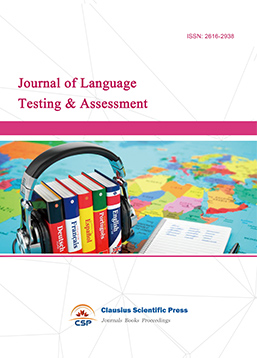
-
Information and Knowledge Management

-
Military and Armament Science
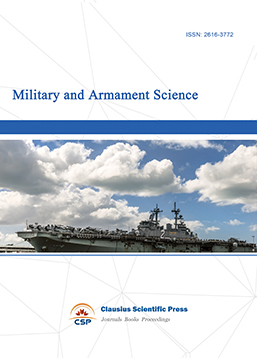
-
Journal of Human Movement Science
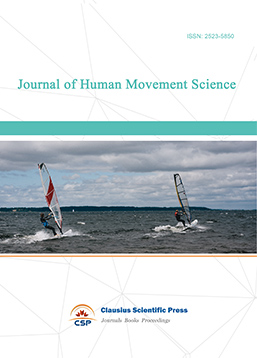
-
Art and Performance Letters
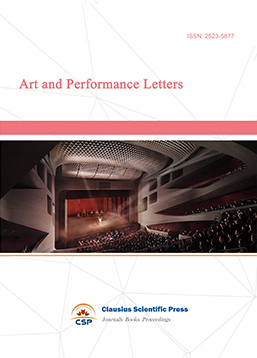
-
Lecture Notes on History
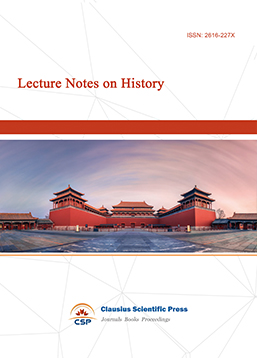
-
Lecture Notes on Language and Literature

-
Philosophy Journal
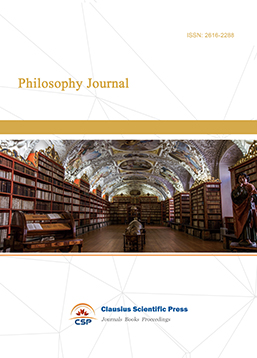
-
Science of Law Journal
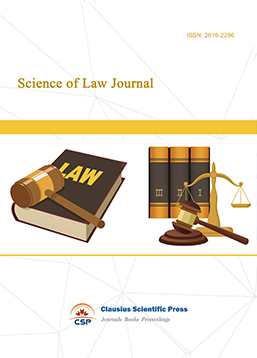
-
Journal of Political Science Research

-
Journal of Sociology and Ethnology
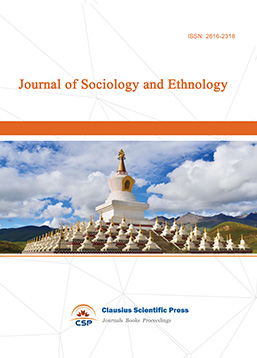
-
Advances in Broadcasting


 Download as PDF
Download as PDF